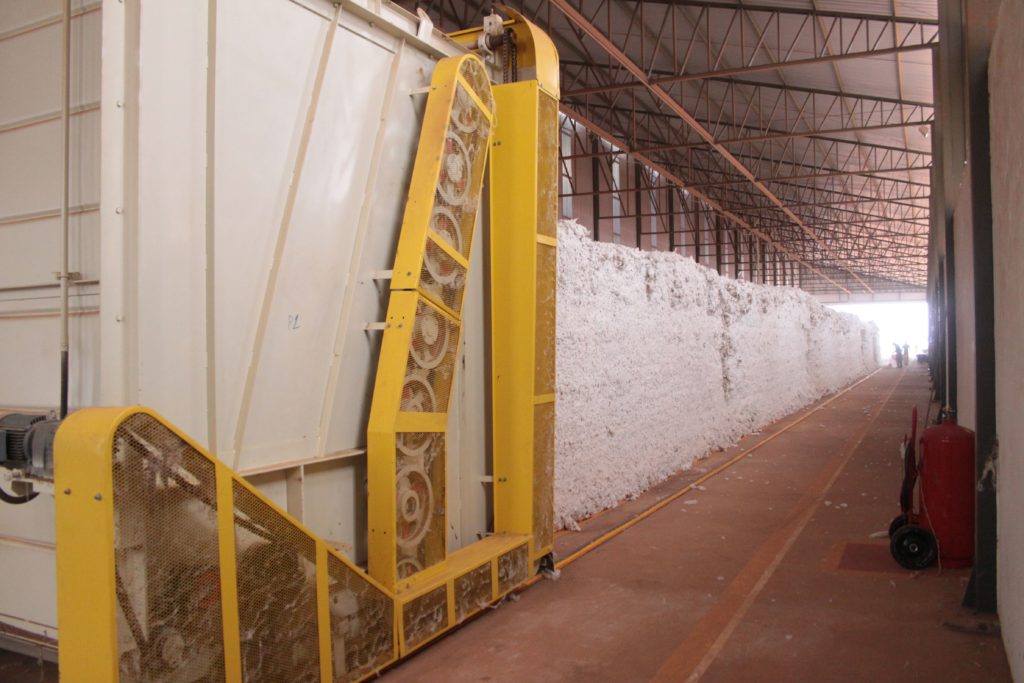Brazilian cotton ginning is a case in innovation and ensures fiber quality
Brazilian cotton |
From socio-environmental certification to artificial intelligence: why the cotton ginning process in Brazil is one of the most advanced in the world
The quality of cotton starts emerging in the fields, from the choice of seeds that are genetically more adapted to the productive environment, to automated harvest mechanisms. However, after this initial process, the fiber goes through an important and decisive stage to meet the most demanding global standards. It happens at the Ginning Plant, also called gin, where raw cotton is separated from the seed and from the lint, which must be free of impurities, leaf residues, branches, etc.
What few people know is that not only is Brazilian cotton farming socially and environmentally certified through the ABR program (Responsible Brazilian Cotton), but also at the farm level the gins are inspected and receive the same seal. With strict specifications about handling, work safety, waste treatment, machine calibration, among other items, the ABR-UBA (Responsible Brazilian Cotton – Cotton Ginning Plant) certification, designed specifically for gins, was implemented in 2020, after long years of research.
Learn more about the ABR program on farms IN THIS ARTICLE

Gins are constantly evolving with environmental certification
Currently in Brazil there are 266 active cotton gins, most of which operating on producing farms. This also contributes to the quality of the lint, which can move straight from the fields to the ginning units without having to travel long distances, thus saving fuel, reducing carbon emissions, and further enhancing fiber purity. Thanks to this set of practices, Brazilian cotton is 100% free of contamination.
Out of the total amount of gins, 99 are participating in the program and 58 received the ABR certification in 2021, accounting for 22% of the total. The goal is for this number to increase exponentially in the next seasons.
Cotton gins were the single link in the long lint production chain in Brazil that still lacked a certification. In about two years, the ABR program started to ensure total traceability to buyers, with the assurance that that product followed strict and verifiable criteria of environmental, social, and economic sustainability across all its productive processes.
Just like the ABR, which certifies the farms, the ABR-UBA is monitored by teams from state associations, which are responsible for managing the program regionally, and by independent auditors. This makes it possible to prove, beyond any doubt, the commitment taken on by the ginning units to adopt responsible production processes.

Innovation guides the production and ginning of Brazilian cotton
The automated harvesting is performed with the Picker system and is one of the highlights of the Brazilian cotton industry. Besides limiting impurities to lower levels, the practice also reduces the stress to which the lint is subject during ginning.
The bales harvested in the fields are tracked, rendering transparency to the main bits of information, including harvest date, variety, plot, moisture level and the origin of the bale. This monitoring process facilitates separation based on lint characteristics, a process that serves as pre-classification for the cotton. This information is shared through apps, which enables ginning plant managers to assess the ideal time to work on the bales and separate them for adjustments in the process.
New technologies are also being developed to identify the minimal presence of foreign matter in the bale, such as plastics. As soon as the impurity is detected, the system automatically alerts the manager, who identifies where it is and sees that it is removed.
Another important technology under development is related to the use of artificial intelligence in the determination of the samples’ impurity area and color. The system can inform the need for improvement in the cotton ginning processes, such as reducing the cotton load in the gin and / or adjusting moisture control.






